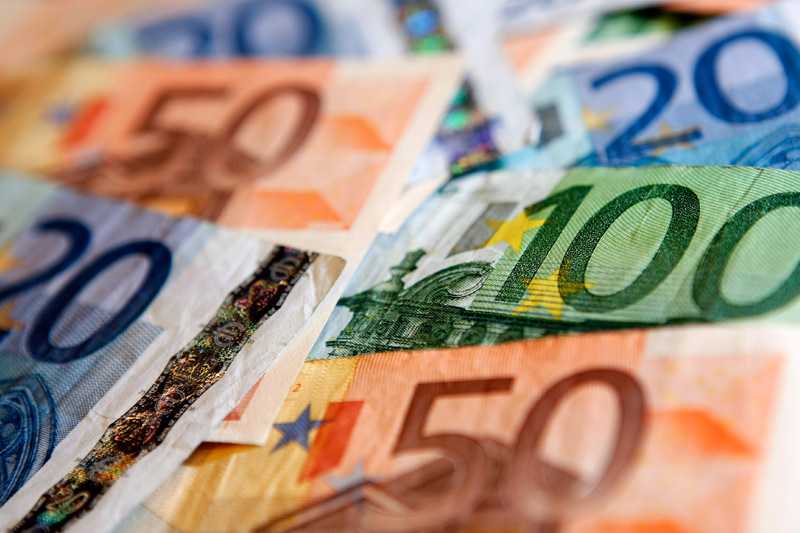Investing.com - The euro came off session lows against the dollar and the yen on Wednesday, but gains were held in check after data showed that the annual rate of inflation in the euro zone rose more slowly than expected this month.
EUR/USD was last trading at 1.3828 after initially falling to session lows of 1.3778 following the release of the data.
The pair was likely to find support at 1.3778 and resistance at 1.3878, Tuesday’s high.
The annual rate of inflation in the euro zone ticked up to 0.7% in April, Eurostat reported, after falling to a record low 0.5% in March. Market expectations had been for an increase to 0.8%. The European Central Bank targets an inflation rate of close to but just under 2%.
Core inflation, which excludes volatile food and energy costs rose 1% in April, accelerating from 0.7% in March and in line with expectations.
The uptick in inflation eased pressure on the ECB to take steps to tackle low inflation in the euro zone. Earlier this month the central bank warned that it could launch a "broad-based" asset purchase program if the medium-term inflation outlook deteriorated.
Elsewhere in the euro zone, data released on Wednesday showed that Spain’s economy grew at the fastest quarterly rate in six years in the first three months of the year.
Official data showed that Spain’s gross domestic product expanded 0.4% from the previous quarter and grew by a larger than forecast 0.6% on a year-over-year basis.
The euro edged higher against the yen, with EUR/JPY trading at 141.79, up from lows of 141.39 ahead of the inflation report.
The yen remained supported after the Bank of Japan refrained from implementing additional stimulus measures at the conclusion of its two-day policy meeting on Wednesday.
The BoJ stuck to its pledge to target an annual increase in the monetary base of between ¥60 trillion and ¥70 trillion, in a widely anticipated decision.
